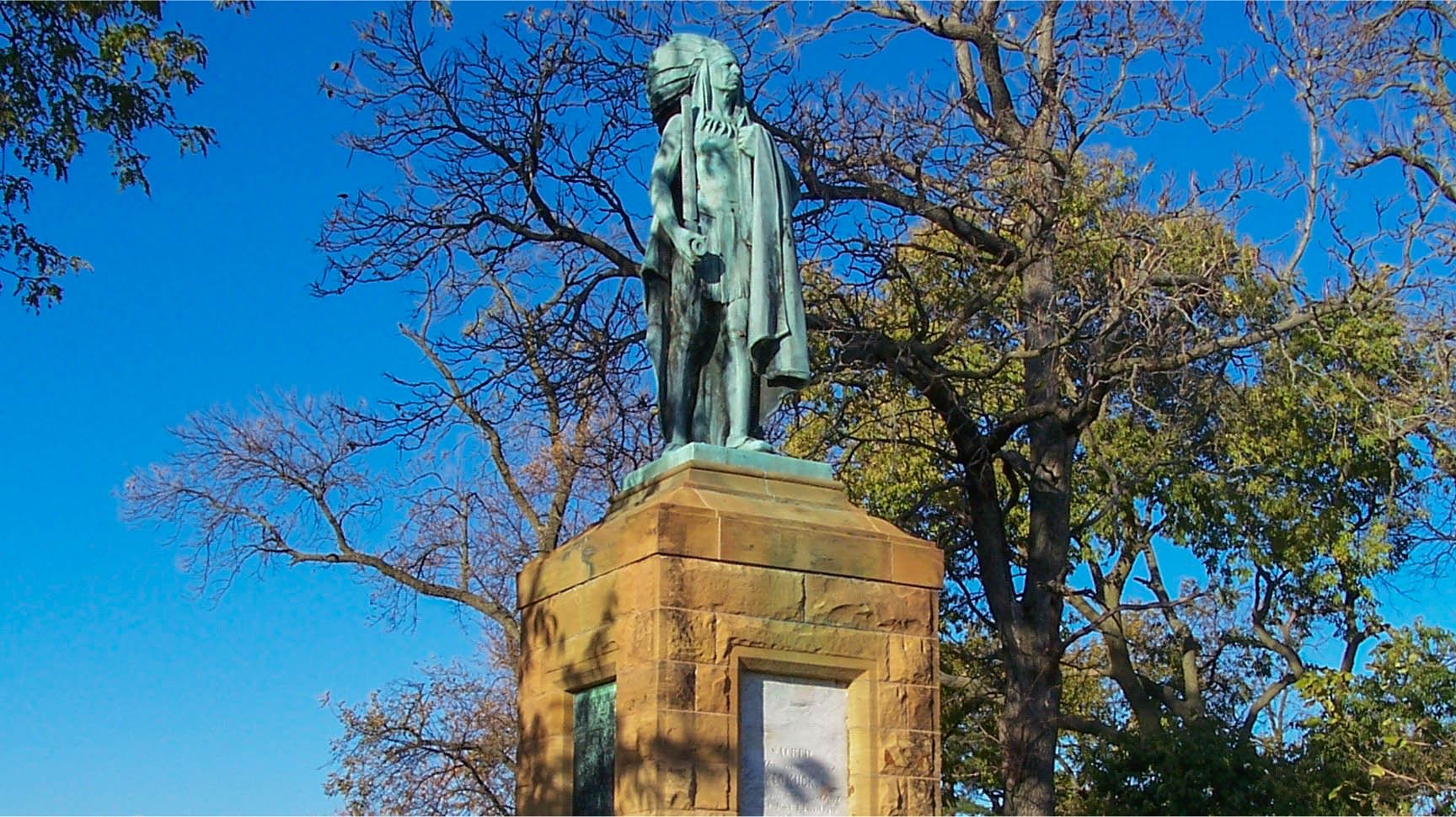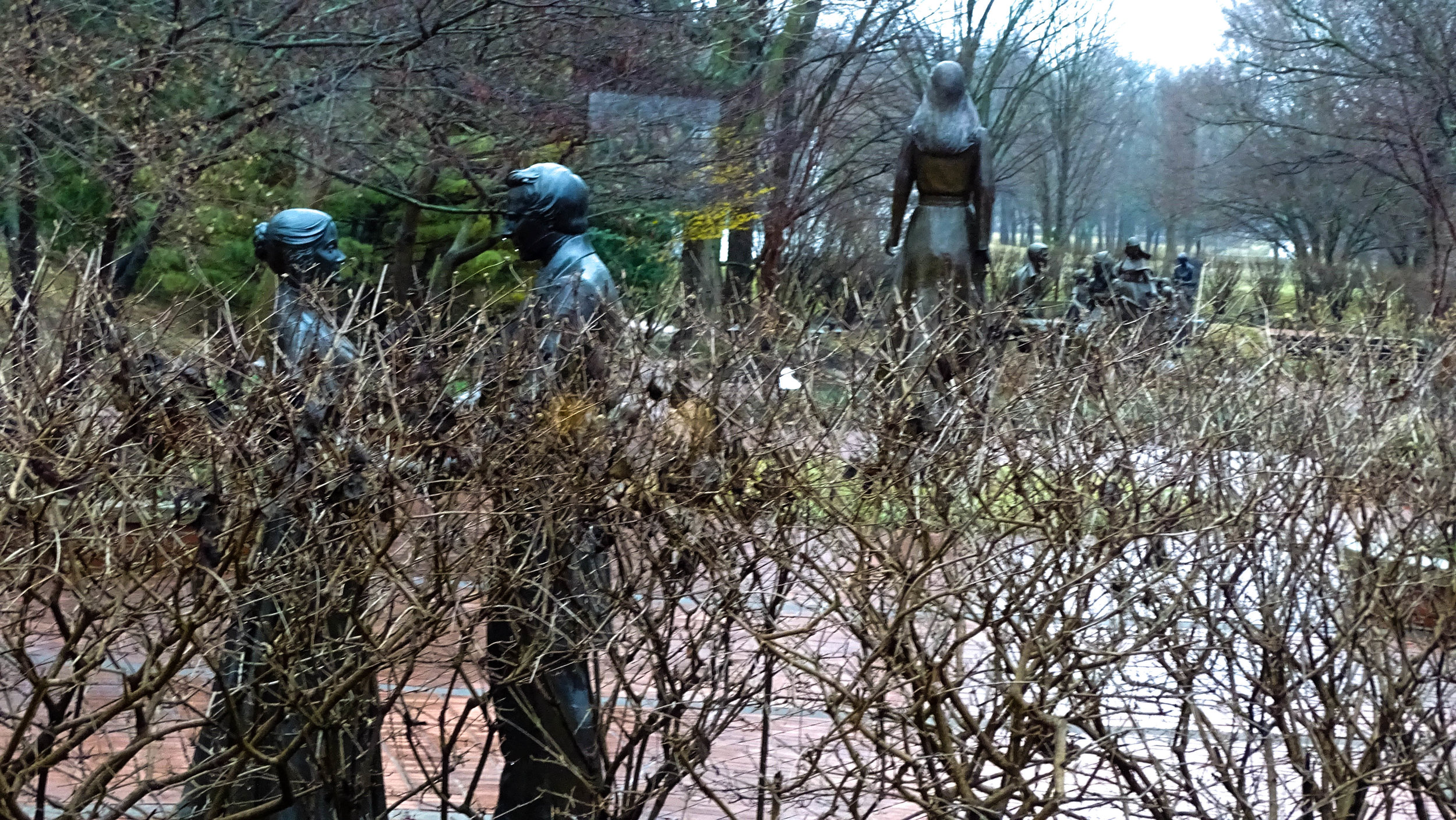Visitors Guide to Attractions
Hancock County, Illinois
Hancock County is rich in history and offers other types of attractions as well. Today Hancock County is most known for its Mormon history. This era of life in Hancock County can be fully explored by visiting sites such as the Historic Nauvoo Visitor’s Center, the Family Living Center, and the Carthage Jail. Other aspects of Hancock County’s history can be found at the Weld House Museum, the Rheinberger Museum, and the Kibbe Hancock Heritage Museum. The natural beauty of Hancock County can be seen at Nauvoo State Park and the Weinberg-King State Fish and Wildlife Area.
Carthage Jail
Carthage, IL
The Old Carthage Jail was constructed of native yellow limestone between 1839 and 1841. It was the site where the Mormon leader, Joseph Smith Jr., and his brother Hyrum, were killed by an angry mob on June 27, 1844. Their action resulted in the Mormons abandoning nearby Nauvoo on their famous trek west that led to the founding of Salt Lake City, Utah.
Historic Nauvoo Visitors' Center
Nauvoo, IL
Stop by the Visitor’s Center before you begin your tour of historic Nauvoo. Tour 65 separate and distinct sites from a bakery to a brick maker. Hands on activities, pioneer games, and even a horse pulled wagon ride through the city can be enjoyed all year. Rides are available daily, weather permitting, except Sundays. Take time to explore the Monument to Women Garden while stopping at the Visitors Center. Within the garden area are statues depicting and celebrating women’s roles at every stage throughout life.
Kibbe Hancock Heritage Museum
Carthage, IL
The FMAAA Gallery Depot is housed in the renovated Chicago, Burlington and Quincy Railroad Passenger Depot and features fine art exhibits, as well as a sales gallery carrying the works of over 60 local artists. They boast great featured "Artists of the Month" exhibits, Lunch-a-la-Art, play host to tours and special major events, and periodically offer special classes.
Nauvoo State Park
Nauvoo, IL
This 148-acre park includes the 13-acre Lake Horton with a mile-long shoreline. In addition to fishing, boating, camping and hiking, people return to these serene surroundings for the park's recreational features, its annual grape festival, and to soak up the area's history. The park has a museum in a restored 1840s home staffed by the Nauvoo Historical Society from May 1 through October 15. There are 150 camping spaces and several hiking trails, one that is wheelchair accessible.
Nauvoo Temple
Nauvoo, IL
The Nauvoo Temple of the Church of Jesus Christ of Latter-day Saints was recently rebuilt in Nauvoo, one of the early settlements of the Mormon people. The structure is 150-foot tall and overlooks the Mississippi River. The temple was reconstructed on the site of the original temple, which was built between 1841 and 1846, but later destroyed by arson and a tornado after the Mormons left Nauvoo.
Weld House Museum
Nauvoo, IL
The Weld House Museum is located in Nauvoo's business district and is one of western Illinois's best examples of mid 18th-century Greek revival architecture. The property was purchased by the Nauvoo Historical Society which undertook a major restoration program. The Society continues the restoration and rooms that have been adopted by local families. The Weld House Museum covers the full range of Nauvoo’s history including Native American, pre-Mormon, Mormon, Icarian, German, agriculture & business eras.
Nearby Attractions
Lee County, Iowa
There is a wide range of attractions for visitors to Lee County, ranging from historical sites such as Old Fort Madison and the George M. Verity River Museum to the scenic views atop the bluffs of Rand Park. For those interested in Mormon history, Lee County is the beginning of the Iowa Leg of the Mormon Pioneer National Historic Trail and has a number of interpretive exhibits throughout the county.
Adams County, Illinois
Quincy is the main attraction in Adams County. This city that sits on the bluffs overlooking the Mississippi River is home to a number of interesting places to visit. The Dr. Richard Eells House is recognized by the National Parks Service as an important Underground Railroad site. The John Wood Mansion is the restored home of Quincy’s founder and the twelfth Governor of Illinois, John Wood. Indian Mounds Park is one of the few places in the state where visitors can view Native American mounds. Quincy Museum in the Newcomb-Stillwell Mansion is home to exhibits on the Victorian era, Native American artifact exhibits, and a dinosaur exhibit. The Villa Kathrine is a unique example of Mediterranean architecture in the Midwest. and is home to the Quincy’s Tourist Information Center, a convenient first stop for visitors to Quincy. Rural Adams County features the Golden Windmill, the only smock mill with its original stones and gears in Illinois, and the 3,323-acre Siloam Springs Park.
Pike County, Illinois
Abraham Lincoln spent a good deal of time in Pike County prior to his election as President. There are probably more houses associated with Lincoln in Pittsfield that any other city in the state and the city has put together a unique Talking Houses of homes and sites associated with him. There are also a number of small historical museums that preserve the heritage of the small rural communities of the county. Lake Pittsfield offers a wide variety of activities such as boating, fishing, picnicking, camping, and the park hiking and biking trails.
Lewis & Clark Counties, Missouri
Lewis and Clark counties offer a variety of attractions for visitors. History can be taken in at both the Iliniwek Village State Historic Site, where a pre-European Native American village is interpreted, or at the Battle of Athens State Historic Site, the site of a Civil War battle and a site of a 19th century settlement. The Battle of Athens site also provides activities where visitors can engage with nature as well as camping opportunities. Wakonda State Park offers similar nature and camping opportunities.
For Travelers Down the River
Missouri's Lincoln Hills
The Lincoln Hills region of Missouri north of St. Louis is often called the Northern Ozarks. In the north is Hannibal, which conjures up images of the steamboat era and has become virtually synonymous with Mark Twain, Tom Sawyer, and Huck Finn. South of Hannibal is the Little Dixie Scenic Byway that travels atop limestone bluffs and through the real river towns of Clarksville and Louisiana. At the foot of the Lincoln Hills in Lincoln County is Cuivre River State Park, one of Missouri's largest and most rugged.
Meeting of the Great Rivers Scenic Byway
The Meeting of the Great Rivers Scenic Byway area is one of America’s newer scenic byways. With over 20,000 acres of forest and wetlands at the heart of the Mississippi Flyway, it is a nature lovers paradise. Visitors will find spectacular colors in the fall and bald eagles in the winter. History abounds in the region ranging from the prehistoric Cahokia Mounds to sites on the National Register of Historic Places.























